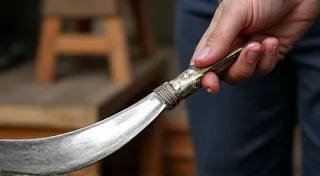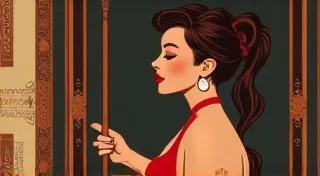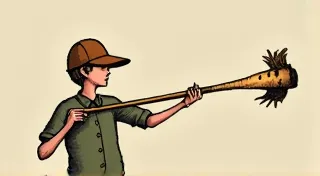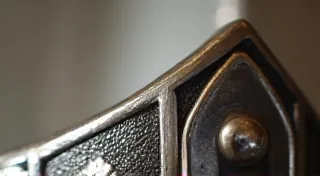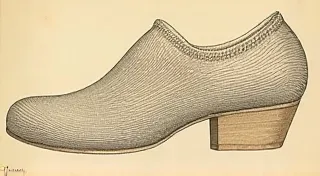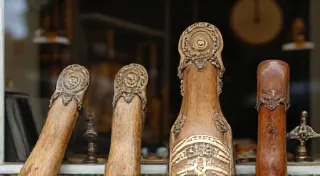The Evolution of Women’s Shoehorns: Form and Function
Shoehorns, often overlooked in the broader narrative of fashion and accessories, hold a fascinating history. While often associated with formality and a bygone era of meticulous dressing, the evolution of the shoehorn reflects broader shifts in fashion, social customs, and design aesthetics. This article delves specifically into the world of women's shoehorns, exploring how their design and function differed from their male counterparts, highlighting their unique place within the landscape of collectible accessories.
The Necessity of the Shoehorn: A Historical Context
Before delving into the nuances of women’s shoehorns, it's crucial to understand the original need. High-heeled shoes, popular since the 16th century, were not the comfortable, readily accessible footwear we know today. They were often stiff, precisely crafted, and expensive. Inserting your heel into a shoe without damaging the delicate back could be difficult, even dangerous. The shoehorn was born out of necessity, a crucial tool for preserving the shape and extending the lifespan of these valuable shoes. Early shoehorns were fairly utilitarian – practical and sturdy, prioritizing function over elaborate decoration. However, as fashion evolved, so did the shoehorn.
Men’s vs. Women’s Shoehorns: A Tale of Two Styles
While both men and women required shoehorns, the designs frequently diverged. Men’s shoehorns, particularly in the 18th and 19th centuries, were often simpler, more robust, and favored materials like horn, ivory (before restrictions), or wood. Their design emphasized durability and ease of use. They might feature a subtly curved shape for efficient heel insertion, but excessive ornamentation was rare. A gentleman’s shoehorn was an accessory reflecting a sense of understated elegance and practicality.
Women’s shoehorns, on the other hand, frequently displayed a greater emphasis on aesthetics and refinement. While functionality remained important, decorative elements were incorporated to complement the often ornate fashions of the era. These elements often reflected the prevailing trends in jewelry, embroidery, and other decorative arts.
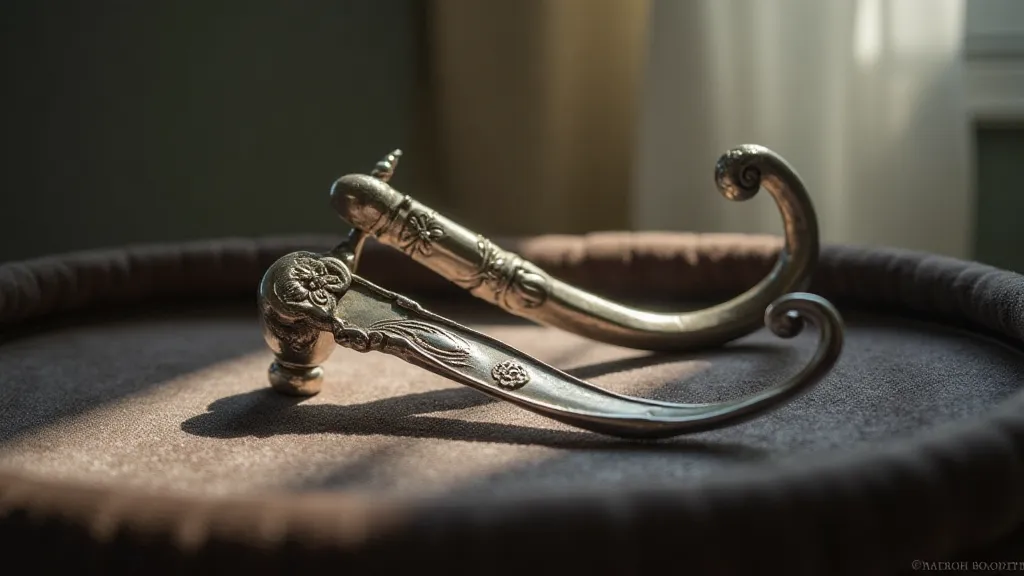
Materials and Design Flourishes: Defining Features of Women’s Shoehorns
The materials used in women’s shoehorns mirrored the changing landscape of fashion and design. While horn and ivory were still utilized, silver became increasingly popular, allowing for more intricate detailing. The ability to be molded and engraved, silver lent itself beautifully to the creation of elaborate designs. Gold, though rarer, also appeared, often in combination with precious stones or enamel.
Here’s a breakdown of common design features and their historical context:
The Victorian era (1837-1901) witnessed a significant surge in the decorative arts, and women’s shoehorns were no exception. This period saw an abundance of intricately designed shoehorns, often crafted from silver or silver-plated materials. Motifs such as romantic floral arrangements, birds (especially swans and doves representing love and fidelity), and neoclassical figures were common. The shoehorn became a treasured heirloom, passed down through generations. Indeed, the lavish detailing common during this period often made these accessories desirable accompaniments to a trip to the opera—a pairing we can only imagine in its full splendor. For a deeper look at the link between luxury items and significant events, consider exploring The Shoehorn and the Opera Box: A Luxurious Pairing.

The turn of the 20th century brought about significant shifts in artistic styles. The Art Nouveau movement (roughly 1890-1910) embraced organic forms and flowing lines, influencing the design of women’s shoehorns. These shoehorns often featured stylized floral motifs and swirling patterns. The Art Deco period (1920s-1930s) brought a more geometric and streamlined aesthetic, reflected in shoehorn designs that incorporated angular shapes and bold, contrasting colors. The geometric precision of this era is beautifully reflected in many surviving examples, providing a fascinating illustration of The Influence of Art Deco on Shoehorn Design.
After World War II, fashion trends shifted dramatically. Shoes became more comfortable and practical, and the need for a shoehorn diminished. The elaborate designs that once characterized women’s shoehorns fell out of favor, and the accessory largely disappeared from everyday use. The rise of zippers and more easily accessible shoe construction further contributed to the decline.
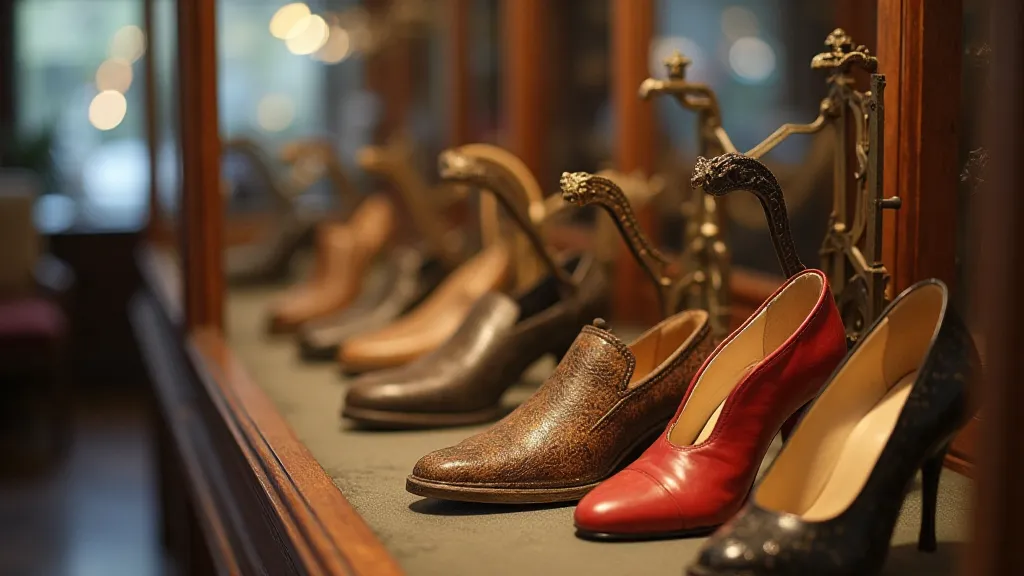
Today, vintage women’s shoehorns are sought after by collectors who appreciate their beauty, craftsmanship, and historical significance. These accessories offer a fascinating glimpse into the fashion and social customs of bygone eras. Collectors often specialize in specific periods, materials, or design motifs. The value of a vintage women’s shoehorn is influenced by factors such as its age, material, condition, rarity, and the intricacy of its design. Beyond their primary function, these artifacts have occasionally found use in unexpected and creative ways. Those curious about these alternative applications might find Beyond the Foot: Other Uses for Vintage Shoehorns particularly illuminating.
Whether admiring the delicate craftsmanship or researching their historical context, these elegant objects offer a tangible connection to a more formal and refined era. They serve as a reminder of the importance of small details and the enduring power of beauty. The legacy of the shoehorn extends far beyond its practical purpose, serving as a window into the cultural and aesthetic values of generations past.
The rise in popularity of collecting these beautiful artifacts is a testament to their unique charm and historical importance. Collectors often become experts in the history of these accessories, tracking down rare and exquisite examples. The intricate details of these objects often reveal the skilled craftsmanship of the artisans who created them. The preservation and appreciation of vintage shoehorns ensures that future generations can admire these timeless treasures.
The cultural significance of these accessories goes beyond their aesthetic appeal. They represent a time when attention to detail and elegance were highly valued. The social customs of the era also played a role in the popularity of these accessories, as they were often used as status symbols. Today, these artifacts serve as a reminder of a time when fashion was an art form.
In addition to their historical value, vintage women’s shoehorns also offer a glimpse into the evolution of design trends. The styles and materials used in these accessories reflect the changing tastes and preferences of different eras. Collectors often study these trends to gain a deeper understanding of the cultural context in which these objects were created.
